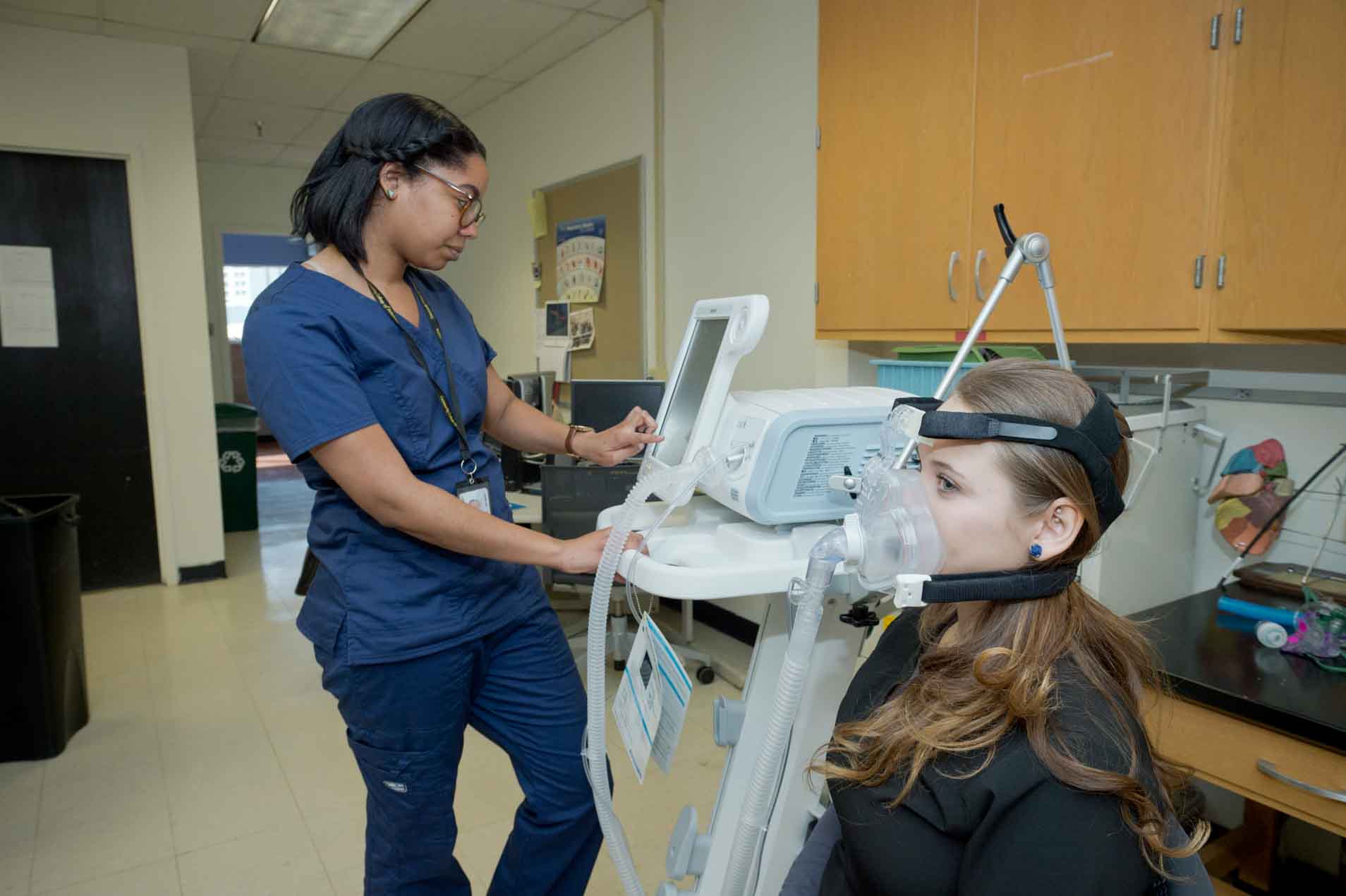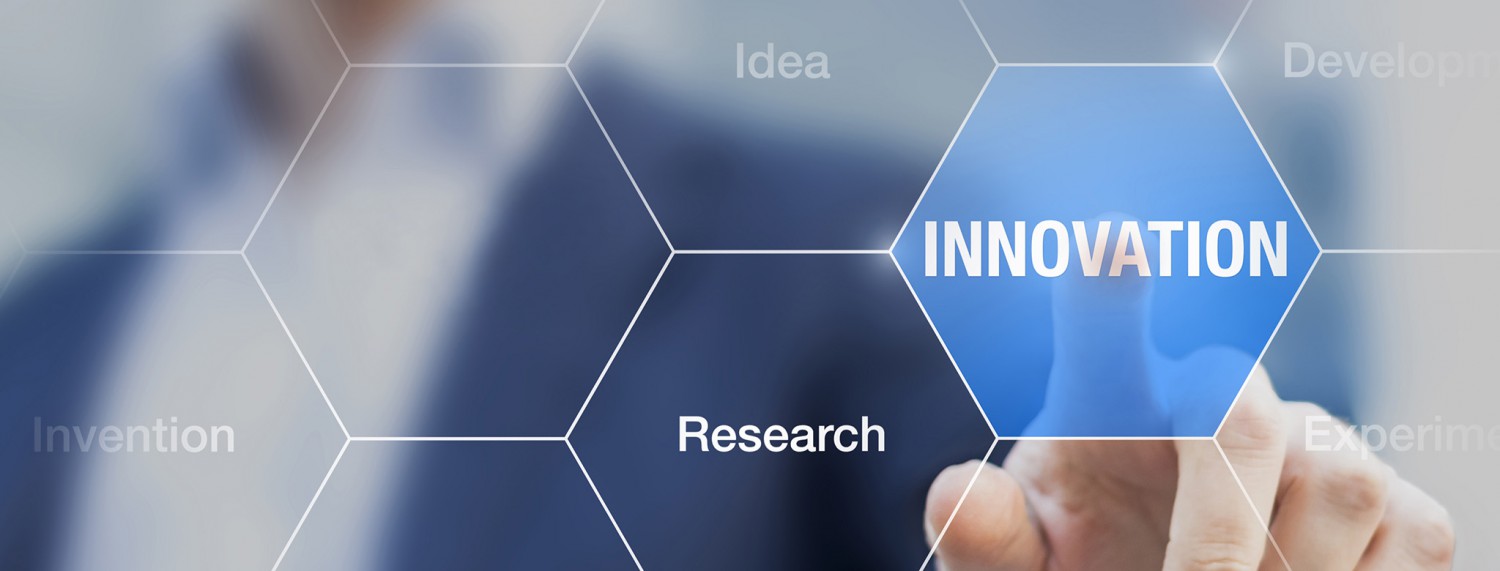Table of Content
Nilsen asked whether those technologies are there to keep an eye on the person so that the family knows what the individuals is doing and whether they are safe, or whether they are there to help the person be independent longer. Monitoring of the communication between the members of the team and clinicians in the field directly improved patient care. Portable monitor equipment allows nursing professionals to check on patients, even if they’re on the move or busy helping someone else. Portable devices monitor vital signs like ECG, respiratory rates, and oxygen saturations while transmitting the information back to a central monitor.
While technological advancements aren’t a cure-all as healthcare solutions, new technology is changing the way nurses work in positive ways. ‘The provision of assistive technology products and services for people with dementia in the United Kingdom’,Dementia, . Assistive technology can be used to help residents with disabilities or mobility issues to live more independently in care homes. This technology is designed to assist individuals with specific needs, such as those who are visually or hearing impaired or have difficulty with mobility.
Get your personalized demo today
Robotics are perhaps the most exciting piece of technology to currently exist in the care industry, and are already helping both employees and residents of care homes. Nest and Hive are just two examples of thermostat technology installed in care homes across the country. Used in both communal areas and individual rooms, caregivers are easily able to ensure that areas are heated adequately and temperatures are regulated, to ensure both residents and staff are comfortable. There are aspects of Artificial Intelligence that have been introduced into care homes across the UK, allowing for the monitoring of patients to predict the need for early intervention. This particular technology will allow for an extended ecosystem; making the delivery of 24/7 care a possibility. Technology can be helpful to teams of caregivers—physicians, nurses, therapists, social workers, and others, all of whom are delivering some aspect of care—by creating vital links that facilitate communication, coordination, and improved collaboration.

The Solo-Step builds confidence and pushes the patient to reach their next goal. By eliminating the fear of falling and injuring themselves, the harness pushes patients to challenge their mental and physical limitations. The patients who use Solo-Step have attained measurable results in a significantly less amount of time. Allowing the patient to act on their own schedule and set their own limits makes them feel independent. Care home in bury st edmunds and their family is just down the road in Ipswitch or across the pond in California. Technology can streamline business systems such as staff-rostering, text messaging of staff in different parts of the home and automatic scheduling of meetings between staff and management in response to complaints and incidents.
Project Details -
As more of the population ages, as life expectancy increases, and as the nursing shortage continues, these new medical technologies are crucial for continued patient care and the healthcare system at large. New medical technologies can make life easier for medical professionals and patients alike. Certain technologies can make patient care easier and more efficient for the doctors and nurses who manage a large patient load. They can also assist patients in getting the care they need with more convenient and accessible options.

Multi-sensory equipment and tactile stimulation tools such as life-like animals, help residents feel safer in their environment, whilst aiding with recollection. Dementia research and care have drastically improved over the last few years, as we’ve grown to understand how to care for dementia residents, and the most effective methods. Usability and interface design are important considerations, especially for older adults, and technology designs need to be tested with these populations, Demiris said.
Some potential solution providers
A recent coping review that was carried out by GIbson et al identified 171 product types and 331 services. However, many of these are unregulated, and have not been rigorously tested in research conditions. One of the latest introductions of technology in care homes is wearable technology, which enables caregivers to accurately track residents, without interfering with their day-to-day lives. Mary Brady, U.S. Food and Drug Administration , echoed the suggestion that one factor affecting whether technologies are actually used by people is how well they can be incorporated into the patient's life. One of the ways to find this out, she suggested, is through better human factors engineering and testing of the usability of a technology throughout the development process.
Brady further noted that FDA has a guidance for industry related to premarket concerns.2 She said that many types of technology that were not designed for nonclinical and home use are being used outside the clinical environment . The guidance asks industry to consider the design, the users, and the physical environment in which a device will be used. One example of research on smart home technologies for people living in retirement communities involves the use of stove sensors, motion sensors, and sensors that detect water and electricity consumption, Demiris said.
This helps patients with a quick diagnosis without leaving the comfort of their own home. They can find out if they need to come in for further testing or diagnosis, get a prescription for medicine, or get medical advice. Electronic Health Records allow nursing experts to document care provided to patients and retrieve information that can help prioritize care. Additionally, information entered into computer systems can then be accessed by the care team, including doctors and even patients themselves when necessary.

For example, if home health aides did not have to take a blood pressure, she said, they might have time to find out what is going on in their patients' lives that may be having a greater impact on their health and well-being than their blood pressure. Such a rethinking implies a balance between personalization and universal design, as well as stronger human factors research to support that balance. She gave as an example the glucose monitor, saying that glucose monitors are often not designed for people who have diabetes because they have tiny buttons and even smaller type.
They are trailblazing a path centered around caring and technology that all nursing homes should follow to improve the quality of life for the elderly. In this study they also explored how the use of these technologies can facilitate, and support the work of the care staff, together with how the technology is effective in supporting the person with dementia. An important consideration, if we are to address the concerns of the ‘change management’ conversations we need to be thinking unilaterally about the benefits of AT. This means looking at the benefits not only to the individual but also for the service. Technology can offer a timely, efficient and useful way to capture and record care notes. For example, handheld mobile devices with appropriate software, can allow staff to update ‘in real time’ the care given or information they want to note about a person rather than adding it to the paper notes at the end of a shift.
Technology can also monitor the health and well-being of residents in care homes. This can include wearable devices, such as fitness trackers or smart watches, which can track vital signs, such as heart rate and activity levels, and alert care staff to potential issues. The future is exciting when it comes to assistive technology in care homes, with undergoing research looking at monitoring patients through the use of radars and acoustic monitoring.
Kathryn H. Bowles, Visiting Nurse Service of New York Research Center and the University of Pennsylvania School of Nursing, said a further step would be to think about ways to reward clinicians who become more efficient. She described a randomized trial that she led in which the nurses were asked to replace some in-person visits with visits via the use of video technology. She said that one way to overcome that disincentive might be to base rewards on patient outcomes and counting telehealth encounters into the productivity standards rather than just the number of patient visits per day. For the system as a whole, telecommunications applications have the potential to gather and compile useful data so that health care systems can learn more about what home health care applications produce the most desired outcomes, Kaushal said. To test the impact of telehealth, his company worked with two of its partners, Medtronic and Cardiocom, on a 12-month study of some 566 patients with congestive heart failure. The intervention involved post-acute care and post-episode calls, used an interdisciplinary team approach, and created some champions in every study market.


No comments:
Post a Comment